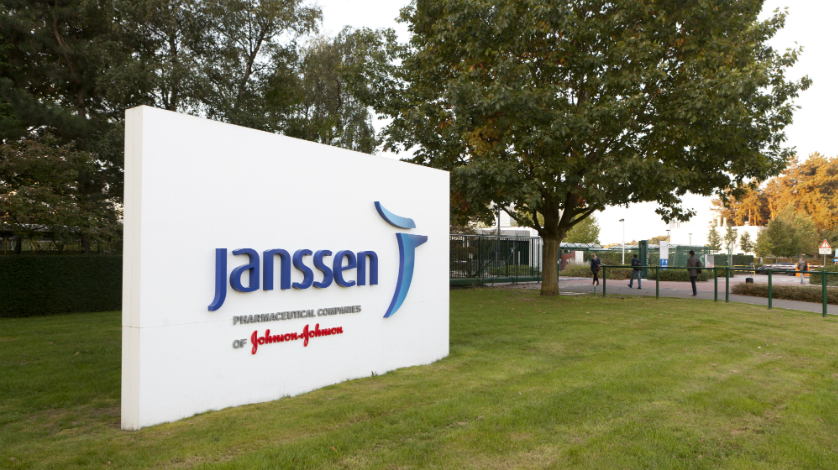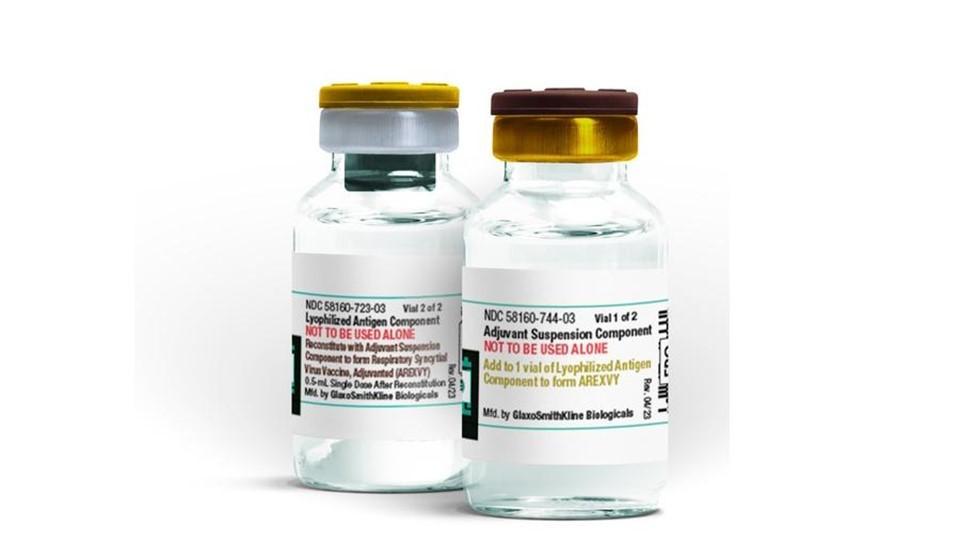Janssen files MS pill, ahead of FDA decision on BMS' rival

Janssen has filed its ponesimod pill with the FDA for treatment of adults with relapsing multiple sclerosis, days before the regulator is due to make a decision on a rival from Bristol-Myers Squibb.
The Johnson & Johnson unit has developed the investigational selective sphingosine-1-phosphate receptor 1 (S1P1) modulator that inhibits S1P protein activity.
The drug is believed to reduce the number of circulating lymphocytes that can cross the blood-brain barrier.
In patients with MS, the movement of immune cells into the brain damages myelin, the protective sheath that insulates nerve cells. Damage to myelin slows or halts nerve conduction, producing the neurologic signs and symptoms of MS.
Ponesimod could compete with Bristol-Myers Squibb’s ozanimod, which was filed by Celgene before the two companies merged in November.
The FDA is due to make a decision on ozanimod by next Wednesday, after two years of delays caused by a bureaucratic foul-up from Celgene.
There will also be competition from a host of previously approved drugs, such as Biogen’s Tecfidera (dimethyl fumarate) and Sanofi’s Aubagio (teriflunomide).
Ponesimod was originally developed by Actelion, which J&J bought in 2017 for $30 billion, and sales are expected to be in the region of $200 million to $400 million per year at peak.
The filing is based on the head-to-head OPTIMUM phase 3 study, which showed superior efficacy of 20 mg on the primary endpoint of reduced annualized relapse rate (ARR), as well as most secondary endpoints, compared to Aubagio in adults with relapsing MS.
At week 108, a highly statistically significant reduction of 30.5% on ARR was observed with ponesimod when compared to Aubagio.
Additionally, a statistically significant reduction of fatigue symptoms and a 56% reduction on combined unique active lesions (CUALs) in the brain were observed with ponesimod compared to Aubagio.
Safety readouts were consistent with previous studies and the known safety profile for other S1P receptor modulators.













